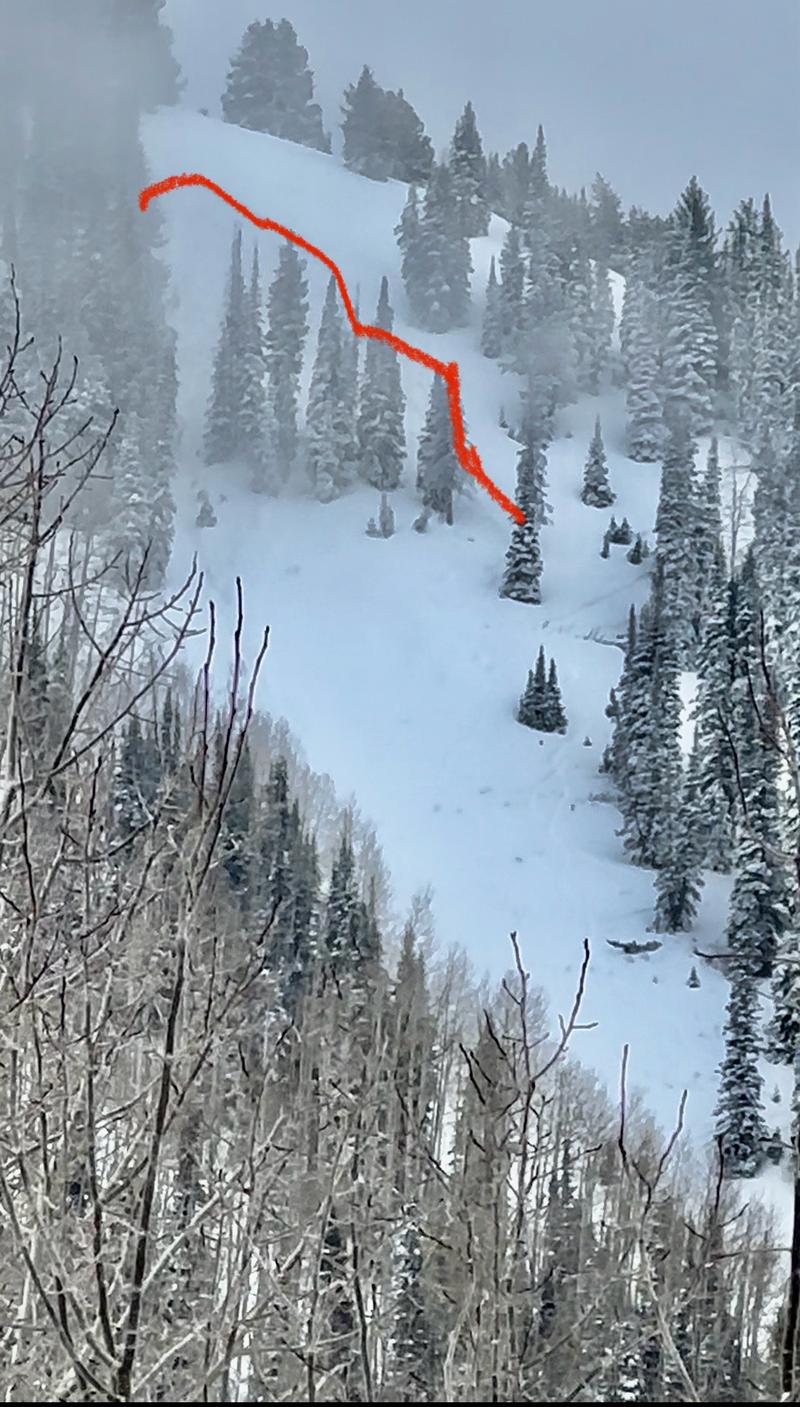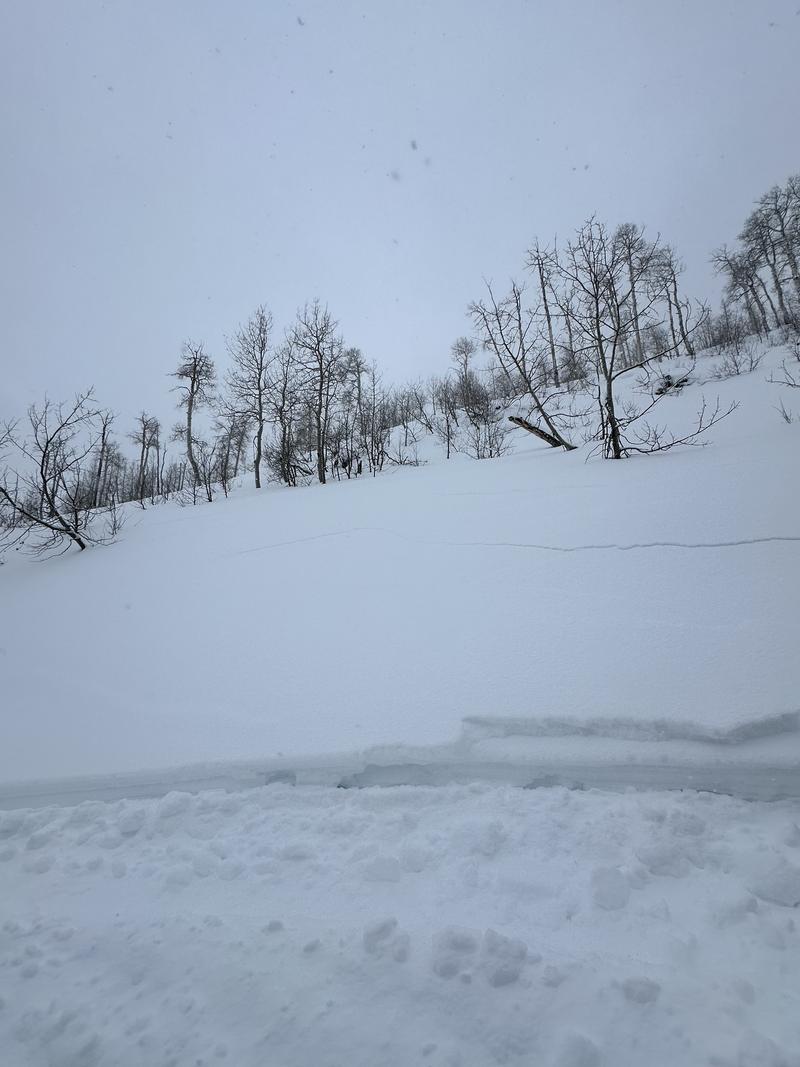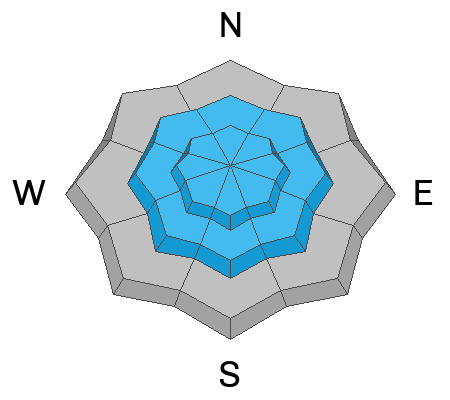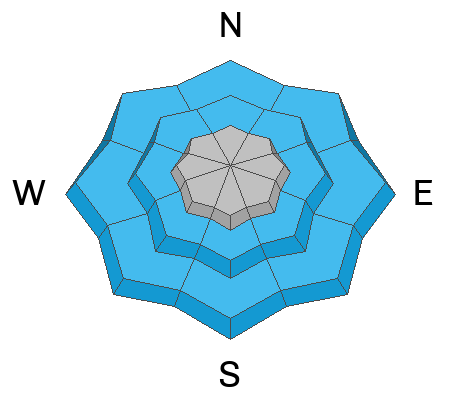Forecast for the Provo Area Mountains

Issued by Dave Kelly on
Sunday morning, December 29, 2024
Sunday morning, December 29, 2024
The avalanche danger is HIGH in upper-elevation terrain, and on mid-elevation northerly facing terrain. Avalanches may break 1'-6' deep and over 1800' wide. Natural and human-triggered avalanches are likely.
There is a CONSIDERABLE avalanche danger on all other slopes and elevations where the potential for wet slab avalanches overrunning lower elevation terrain is a concern.
There is a CONSIDERABLE avalanche danger on all other slopes and elevations where the potential for wet slab avalanches overrunning lower elevation terrain is a concern.
With this most recent storm, high winds, and rapid warming coming in on top of a very weak early season snowpack avoid traveling on or UNDER any slope greater than 30°.

Low
Moderate
Considerable
High
Extreme
Learn how to read the forecast here











